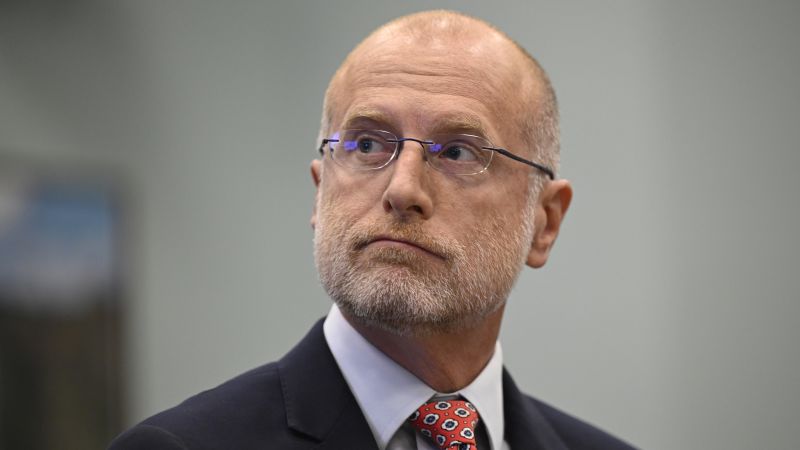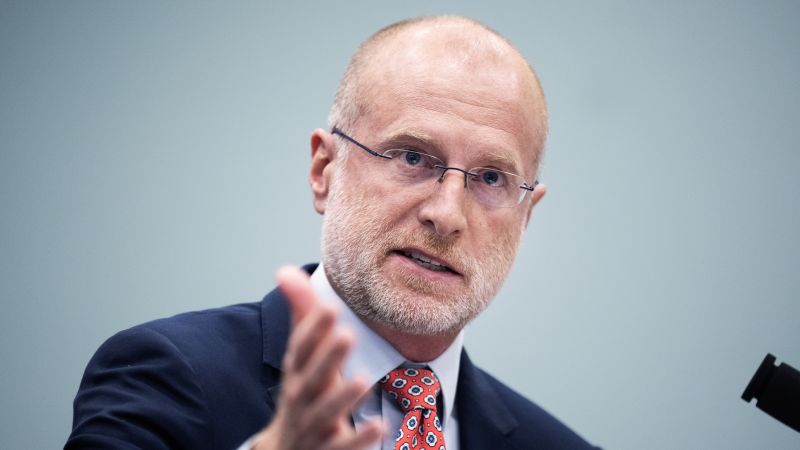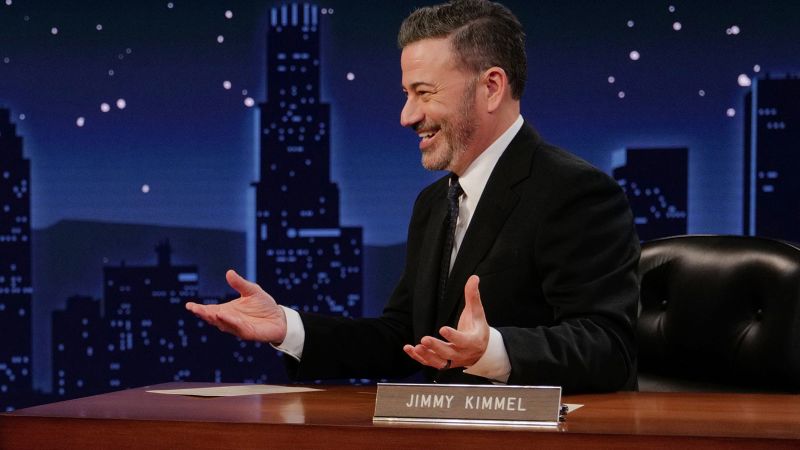
FCC Chair Recommends Suspension of Jimmy Kimmel: Impact on Free Speech Rights
Opinion | 9/18/2025
Federal Communications Commission Chair Brendan Carr made headlines when he recommended the suspension of Jimmy Kimmel and issued a stark ultimatum, stating, “We can do this the easy way or the hard way.” Following Carr’s remarks, ABC swiftly responded by suspending Kimmel’s show, “indefinitely,” prompting discussions around potential implications for free speech rights under the First Amendment.
The exchange between Carr and ABC underscores the delicate balance between regulatory oversight and freedom of expression in the media landscape. Carr’s direct approach in addressing Kimmel’s content has ignited debates over the extent of governmental influence on broadcast content. Legal experts suggest that while the FCC has the authority to regulate broadcast media, any actions taken must adhere to constitutional protections safeguarding free speech.
In response to the suspension, a spokesperson for ABC emphasized the network’s commitment to upholding standards of broadcasting integrity and noted the decision was made in line with internal policies. Meanwhile, supporters of Carr’s stance argue that regulatory bodies like the FCC have a responsibility to ensure compliance with broadcasting regulations to maintain public trust in media content.
Critics, however, express concerns over potential chilling effects on creative freedom and editorial independence within the broadcasting industry. The incident involving Carr and Kimmel serves as a reminder of the intricate interplay between regulatory bodies, media organizations, and the broader implications for freedom of speech in the digital age.
As the debate continues to unfold, questions linger regarding the boundaries of regulatory interventions in media content and the implications for the future of free speech protections. The incident highlights the evolving dynamics between regulatory authorities and media entities, underscoring the complexities surrounding the intersection of governmental oversight and editorial autonomy in the modern communication landscape.


